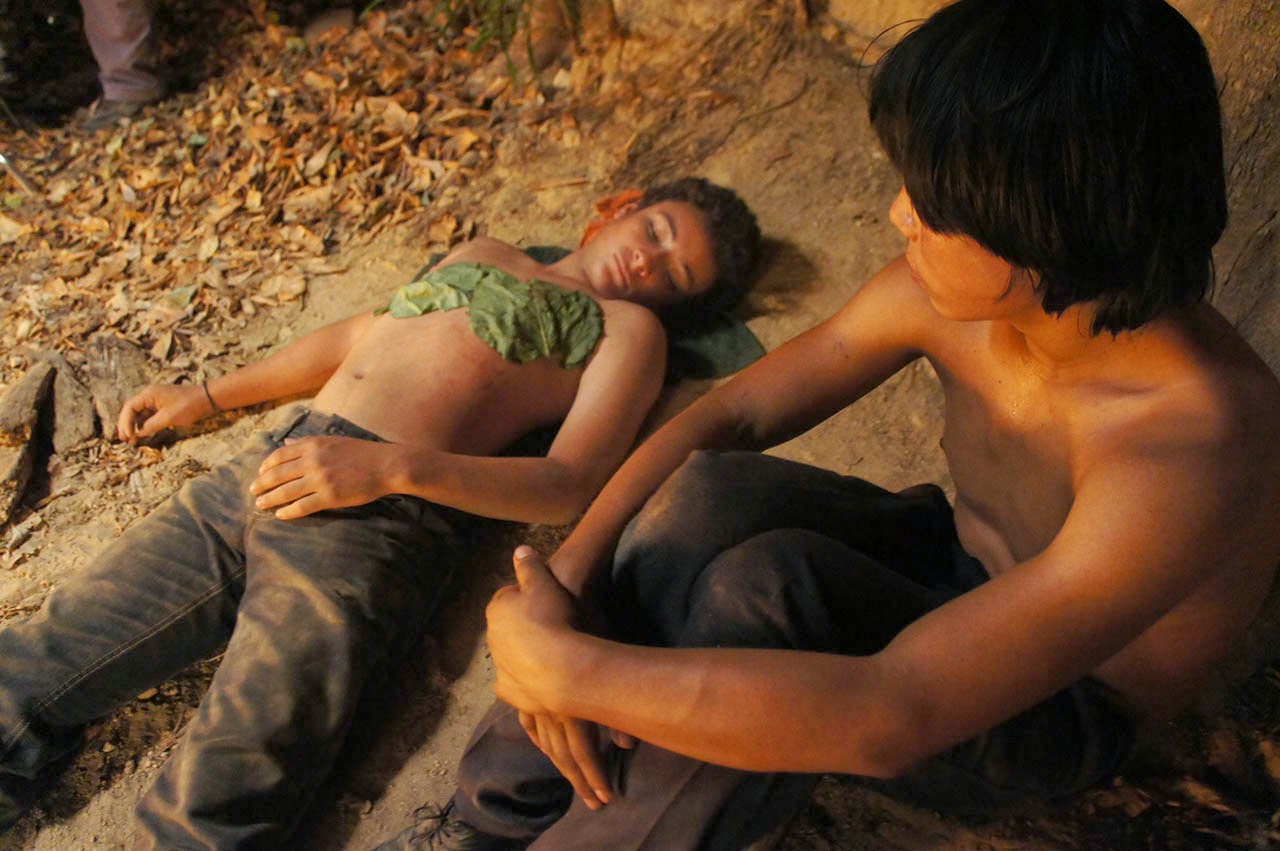The horrors inflicted by holocaust and the insane ideology behind it harbor a lot of deeply affecting incidents, which could still bring in some new perspective to that era’s distorted principles. However, the sentimental approach and a typical style of inordinate direction have made the milieu of post-war Germany a stale subject. The old European auteurs like Alain Resnais (“Hiroshima mon Amour”), Roberto Rossellini (“Germany, Year Zero”), Rainer Werner Fassbinder (“The Marriage of Maria Braun”) tried to explore the psychological fallout of the people, living in post-war & holocaust Europe, whereas most other films extorted melodrama from the same subject. Six decades have gone past since the end of Second World War and Germany of 1945 is widely considered as out-of-date scenario in films. But, German auteur Christian Petzold’s recent film “Pheonix” (2014) proves that you could still render the trauma of that era in intimate terms.
In “Phoenix”, Petzold studies the themes of guilt, the scarred notions of national & personal identity, and asks many moral questions without seeking easy answers. He doesn’t take a vain attempt to explain the actions of Germans during the Nazi regime. His story is powered by yet another incredible performance by Nina Hoss (sixth collaboration of Petzold and Hoss). In the movie’s opening reel, a car is stopped near a check-post by US soldiers. In the passenger seat, a woman writhes in pain, her face covered in blood-soaked bandages. It is revealed that the woman named Nelly (Nina Hoss) is a survivor from Auschwitz, who had undergone severe torture. She is driven to Berlin face surgeon by her friend, Lene Winter (Nina Kunzendorf).
The surgeon says that there is no chance to reconstruct her original face. He even says that ‘a new face can be an advantage’. It could be an advantage since Nelly has lost all her loved ones, and this new face may help her re-build an identity in a damaged nation. But, Nelly the singer just wants to live her old life (the one before all the wars) with her pianist husband, Johannes aka Johnny (Ronald Zehrfeld). Lene informs Nelly that since most of her family members are dead, she has inherited large amount of money. Lene also warns that it is Johnny who has betrayed Nelly to the Nazis. The dilapidated streets and demolished houses doesn’t offer any solace for Nelly, and so she searches for her husband.
She finds him in a Cabaret bar, working as a janitor. She calls ‘Johnny’, and he turns and looks past her. The first time he watches the ‘new Nelly’, he thinks she is there to find some work. Later, Johnny realizes that she bears some sort of resemblance to his dead wife, Nelly. He drags her to his basement apartment and pitches an idea: to impersonate pre-war Nelly in order to claim the inheritance. Johnny says they can split it 50-50. In the ensuing weeks, Johnny hides her in his apartment and teaches her how to be the old singer Nelly. And, Nelly rather than revealing her re-constructed identity tries to sew together her old personality. But, she is also grappled with a doubt on whether he knowingly betrayed her to the Nazis.
The storyline might seem implausible, but the scope of Petzold’s film is largely metaphorical. Johnny actions may seem dubious since he knows all the little details about his wife’s movements. But, his failure to recognize Nelly sort of makes a comment on how we connect all our idealized memories to the face. The war which has damaged Johnny’s psyche only allows him to come up with an idealized image of Nelly, the ebullient singer. The story offers loads of chances to fill it with violent or melodramatic confrontations, but Petzold’s steady hands avoid those convenient elements, saving all those fireball of emotions. Nelly’s existential dilemma and her quest to re-build an identity functions as a allegory for all the people affected by war, who struggle to forget their blemished past.
Petzold also tries to imbue his character’s psyche through certain images rather than trite dialogues. In one scene, we suddenly see Nelly without bandages rummaging through her demolished house. On a broken mirror on the floor, she alarmingly looks at her reconstructed face for the first time. It is hard to believe that Nelly hasn’t seen her new face in the hospital, but then the broken mirror and her face in it suddenly become a symbol of her fractured inner and outer self. The riveting cinematography of Hans Fromm uses the dark and light colors to go in synch with the protagonist’s dilemma (especially in the scene when Nelly tells her reasons for finding Johnny to Lene). The initial noir-like images of the dilapidated city also offers a haunting quality to the proceedings.
 |
| Director Christian Petzold (right) and actor Ronald Zehrfeld |
Nevertheless, movie wouldn’t have been as compelling as it is, if not for the complex performance of Nina Hoss. Petzold offers a gutsy ending, the one which doesn’t have a warped sense of resolution. This eloquent ending takes us through variety of emotions because of the sensitive & sublime reactions of Hoss. It is the kind of ending that leaves us wanting more unlike other Holocaust or post-war films that overstays its welcome. Eventually, the way Nelly walks out of the frame sort of symbolizes the uninhibited scars left behind by that historical period.
“Phoenix” (98 minutes) is an effective portrait of a disfigured woman & nation yearning to find a way to re-build. It inquires into history’s most traumatic period from a deeply psychological perspective.
Trailer













































































































